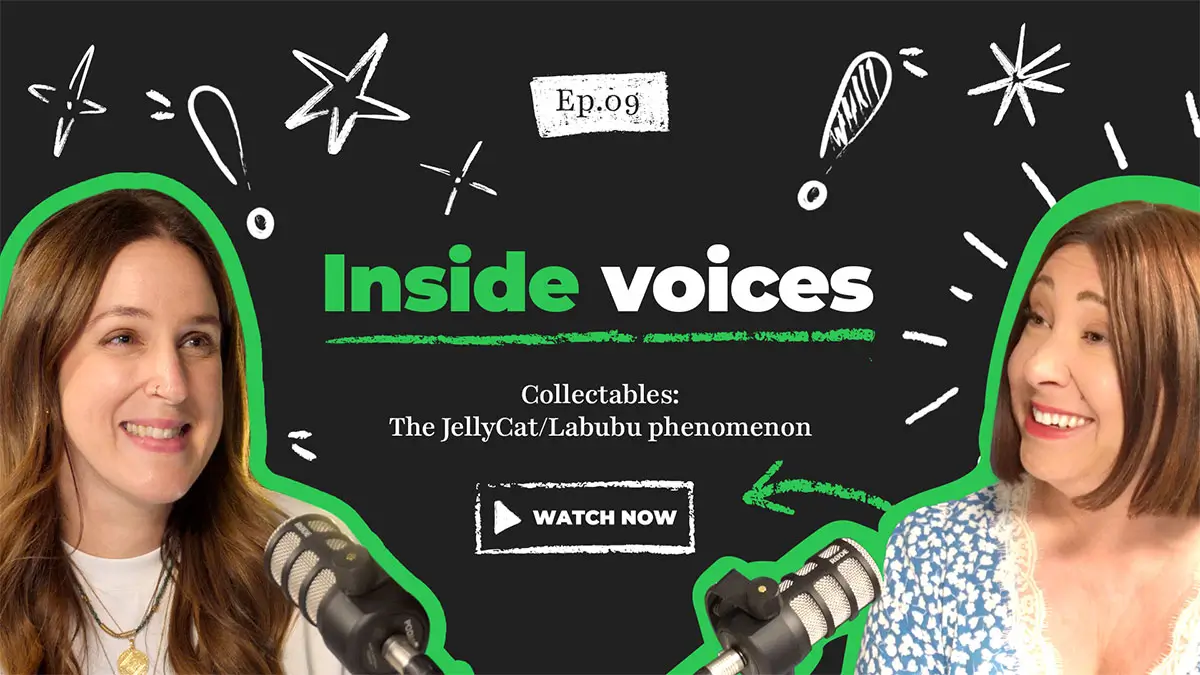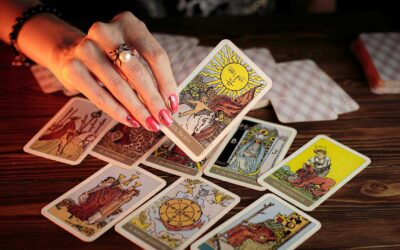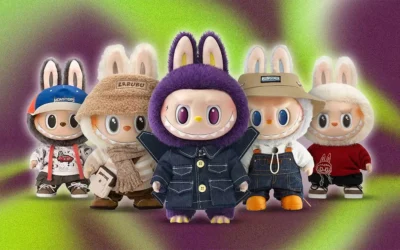A bit of a history lesson
If you’re asking why collectables have become so popular in 2025, you’re asking the wrong question. Because the story starts way back, so far back, in fact, that we’re going to pretend it has nothing to do with antiquities like those collected in the Library of Alexandria, or during the Renaissance, and instead start at a point slightly lesser ‘way-back’ – 1996.
In 1996 the first few foil-wrapped packs of Pokémon cards were released to Japan. By 1999, they’d hit thousands of American stores with a price tag of $4. Nowadays, getting your hand on one of those ‘first edition’ packs means forking out at least $500. Sounds like a lot, until you consider that any unopened pack from that era could contain a 1st Edition Holographic Charizard graded at PSA 10. Gibberish? Doesn’t matter, the card’s worth $400,000.
Why? Well because people love Pokémon, and there’s not many Holographic Charizards from 1999. Other than that, the card’s printed on cardboard, displays artwork from an artist only really known by diehard Pokémon fans, and most amusingly, can’t really be used for an actual game of Pokémon. So, yes, the only two things that have driven up the price of the card are culture, and scarcity.
We humans, when confronted with the idea of scarcity, tend to lose our minds a bit – just think about holiday-goers battling violently to claim one of the few loungers by the pool. Combine that primal impulse to covet resources with cultural pressures and influences – the need to express capital, to possess markers that delineate our belonging – and you get at least an anthropological understanding of how a Pokémon card (the Pikachu Illustrator, only 39 of which are in existence) can sell for $5,000,000. *
What happened with Pokémon, though, could not have been predicted. The team very well may have understood the drive of scarcity – supply and demand follows the same principle – but the megalithic heights of Pokémon’s second-hand economy was ultimately an anomaly. In many ways the team has been playing catch-up to their runaway market ever since, to great success (new ‘booster boxes’ sell-out before orders even open), but one can only imagine how things might have been different for them, had they primed the market themselves.
Enter the Labubu
It is here we bid farewell to Pokémon as a subject and open the door for Labubu. As we swap one genus of highly profitable little creatures for the other, it’s important to know that many of the similarities start and end there. Pokémon cards were a surprise success for a beloved franchise, and reaped its highest profits in a second-hard market. Labubus were engineered to entice the global market and succeeded. A goldrush triggered by an artificial goldmine.
So, how do you successfully prime a global market for a collectable, as Labubus did? Well, we return to our two old friends, scarcity and culture.
Culture
Your eight-year-old child is screaming that they want a Labubu for Christmas. You’d think they’d want a physical doll representing a character off the iPad – Bluey, Paw Patrol or Peppa Pig, but no, they’ve asked for something from a picture book that had a limited release in Taiwan four years ago.
Relative to its success, almost no one has read The Monsters, by Kasing Lung. Yet the series has managed to generate $419 million in sales for POPMART (in 2023 alone) thanks to one base product. A plush toy modelled after the series’ flagship character, ‘Labubu.’
There is some intrinsic value to Labubu. Kasing Lung draws inspiration from the Scandinavian folklore that surrounded his childhood and his Hong-Kong heritage. Labubu is a kind of monstrous Nordic elf, and if you wish to dive into the character’s story in full, there is indeed a trilogy of picture books to consult.
But, other than its competent design and aesthetic appeal, artistry has little to do with the meteoric rise of this product. Labubu did not achieve a symbol of status within society because of an engaging source material, as Pokémon did with TV, games, cards and figures. Instead, Labubu rose the ranks of society and touched the highest echelons of cultural influence through a surprisingly traditional avenue – fashion.
Labubus spearheaded a cultural breakthrough of a unique motif of Japanese fashion culture. Bag charms. It had the brilliance of timing on its side for this. The popular cultures of countries such as Japan and South Korea have never been so exportable to western countries. You’ve heard of K-Pop Demon Hunters, you’ve heard of Nintendo. I don’t need to ask.
Bag charms, however, have been a fashion trend for nearly fifty years in East Asia, yet had failed to make themselves a fixture in western society (except a few Hello Kittys), as other exports so readily did. That was at least, until Spring 2024, when the perfect catalyst happened. Lisa, world-famous member of K-pop group Blackpink and undeniable ‘it girl’, clips a Labubu to her Louis Vuitton bag during an Instagram Story. It is the ultimate handshake between eastern and western cultural signifiers, and a traceable starting point for the beginning of Labubu’s global explosion.
Next Rihanna, Dua Lipa, Kim Kardashian, David Beckham, Hilary Duff and many, many more celebrities are seen hitching the troll as an accessory. Finally, bag charms break through into western society – successful for reasons just as they are overseas, the ability to personalise, to decorate while expressing individuality – and thanks to Lisa, they have just one acceptable face. Labubu, already domestically popular in China, its country of origin, and with a massive influence in wider Asia, goes global. With its userbase, it becomes an item of status, high-fashion and luxury. It becomes desirable to everyone.
Scarcity
Your child is really crying now, so, you say Alright. I’ll buy you a Labubu, and they stop crying and give you a hug and you’re the best parent in the world, also they want the Batman one. Of course. Then they run off and you pick up your phone to buy one from Bezos, and you realise you’ve made a horrible, terrible mistake.
You can’t just buy a Labubu, idiot. That would be too easy. Everything else in this world might fall under the remit of ‘buy now with one click’ – sometimes not even a click, just a scan of the face will do – but Labubus, you’re going to need to put your jacket on and figure out where your nearest Pop Mart store is.
So, you drive 45 minutes to Pop Mart, it’s on the 12th floor of a derelict shopping centre in Kettering, and on the way you call another parent who tells you that you should’ve arrived at least two hours before opening to be at the front of the Labubu queue. You laugh, but when you get there, you find yourself at the back of a queue 30-people deep. “One Labubu per person!” The 17-year-old shop attendant screams at you as you eventually file in.
Back at home, your child tears open the box (Christmas came early, you needed a win) and discovers the Labubu you’ve been randomly allotted. It’s a stock, beige Labubu. It’s the most common one. How was I supposed to know? You plead with your child but they are crying again. I’ll go back, ok? I’ll go back. And so you repeat this routine to Kettering – every Thursday the Pop Mart restocks – until the end of time.
It’s hard to get a Labubu. You tell your friends how hard it is to get a Labubu, and they agree. When you see someone with a Labubu you know that they have either conquered the barriers to getting one by triumphing the obstacles or by having enough wealth and status to circumvent those barriers – either purchasing one online at an inflated price or sending someone to queue on your behalf.
Placing barriers between your consumer and a product seems counter-intuitive, but in an age of instant gratification, it makes a product stand out. It creates a discourse around its procurement and a cultural prestige around its possession. Scarcity, manufactured or not, has the same positive effect on a product. Lower supply, higher demand – it’s a tale as old as time.
Oh, and kids love gambling
There’s one other element, however, that’s been key to the Labubu’s success, and it’s the mystery box element. Much like a pack of Pokémon cards, no one knows what’s inside a Labubu box until you open it. What comes out of your investment could be a Labubu worth less than the price paid for the box, or a hundred times the value. You won’t know unless you open it. Go on, open it.
On paper, it sounds a lot like gambling. And that’s because it is gambling. China’s market regulator actually issued guidelines in 2023 to try and ban the sale of mystery boxes to kids under the age of eight. In the UK, concerns have been raised by multiple parliamentary committees, as well as the UK’s Gambling Commission itself.
A mystery box may not be the most powerful incentive in a consumer desiring a Labubu, but it is incredibly effective at encouraging repeat customers. If there’s a particular Labubu you are after – one that a favoured celebrity or public figure owns – the only way to get it is second-hand, by someone who has already opened it, or by buying enough Labubu blind boxes that you eventually ‘win’ the design you want.
Similarly, should your child be after a particular Labubu, you can forget Kettering. You’re going to London for Selfridges – there’s rumours you can buy six at once there.
What does it mean?
Collectables have always been popular, but today’s culture has enabled them to play far more of a role in a global economy. As global culture becomes more dynamic and diverse, trends like unique collectables will continue to grow in their potential for disrupting international markets.
Labubus did things very well, but we can expect there to be a successor within a short space of time. Their success is fundamentally not unique. And not just because of Pokémon cards. We have had Beanie Babies, Cabbage Patch Dolls, Tamagotchis, Crazy Bones, Bearbricks, Mitskis, Trolls, Furbies – Jellycats.
Jellycats. Don’t even get us started on Jellycats. Unless of course you do want us to get started on Jellycats, in which case, we already have. Read our blog all about the other wonderful, crazy side of collectables here.
And to listen to our podcast covering even more about the subject of collectables in 2025, click here.
*$5,2750,000. The buyer, Logan Paul, would wear this card around his neck as he took the stage for WrestleMania in 2022.





